#olive trees
Text

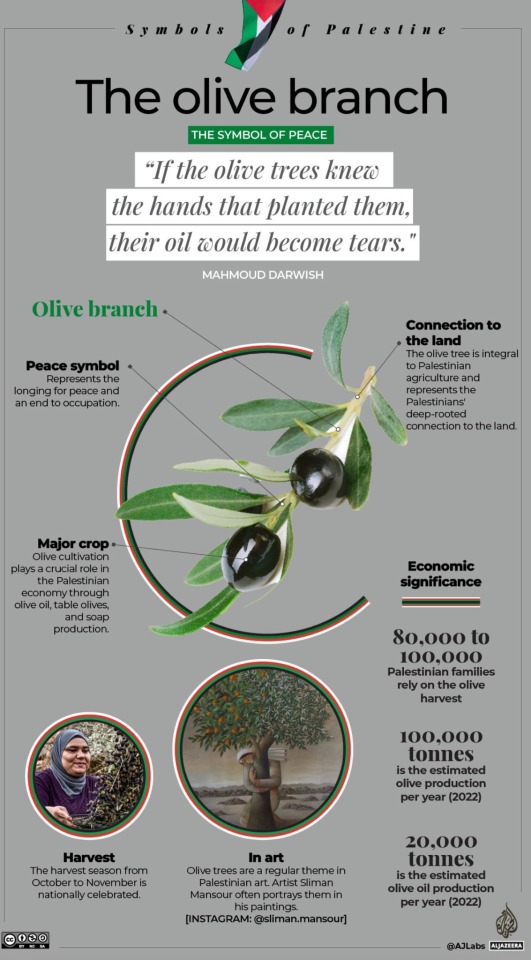



Original thread repost | Original thread | Original Article (Source of the posters)
Images only
The image descriptions were written by @/carstairsbur and Mohammed Haddad, Konstantinos Antonopoulos and Marium Ali.
#ChuchaYucca.text#palestine#strike for palestine#strike for gaza#ceasefire now#ceasefire#no business as usual#global strike#stop the genocide#global strike week#keffiyeh#olive trees#the key of return#the Palestinian key#handala#watermelon#the olive branch
10K notes
·
View notes
Text
At times, the original flora [of Palestine] manages to return in surprising ways. Pine trees were planted not only over bulldozed houses, but also over fields and olive groves. In the new development town of Migdal Ha-Emek, for example, the JNF did its utmost to try and cover the ruins of the Palestinian village of Mujaydil, at the town’s eastern entrance, with rows of pine trees, not a proper forest in this case but just a small wood. Such ‘green lungs’ can be found in many of Israel’s development towns that cover destroyed Palestinian villages (Tirat Hacarmel over Tirat Haifa, Qiryat Shemona over Khalsa, Ashkelon over Majdal, etc.). But this particular species failed to adapt to the local soil and, despite repeated treatment, disease kept afflicting the trees. Later visits by relatives of some of Mujaydial’s original villagers revealed that some of the pine trees had literally split in two and how, in the middle of their broken trunks, olive trees had popped up in defiance of the alien flora planted over them fifty-six years ago.
—Ilan Pappé, from The Ethnic Cleansing of Palestine
4K notes
·
View notes
Text


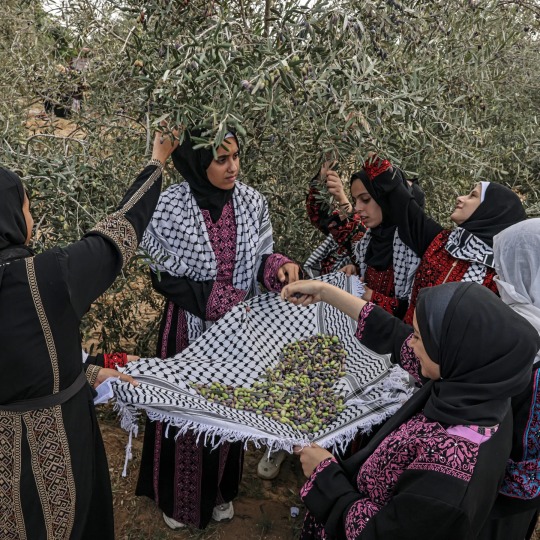
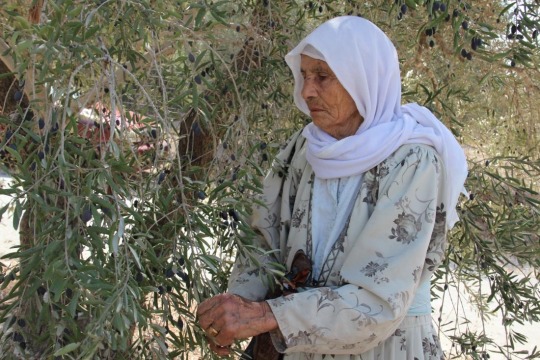
Palestinians with Olive trees, which are native to the Palestinian land. Olives symbolise healing, cleansing, richness, healing and victory. Traces of the Olive tree date back 6 thousand years— read more about Olive trees of Palestine here, where you can also order authentic Palestinian olive oil!
2K notes
·
View notes
Text
In this dire situation and fearing for my family's future, my friend donia have launched a fundraiser to rebuild our home and improve our circumstances. Your support is crucial and could make a difference in our survival.
https://gofund.me/35064b1a
#yemen#jerusalem#tel aviv#current events#palestine#free palestine#gaza#free gaza#news on gaza#palestine news#news update#war news#war on gaza#olive trees#west bank#free west bank#settler colonialism
2K notes
·
View notes
Text
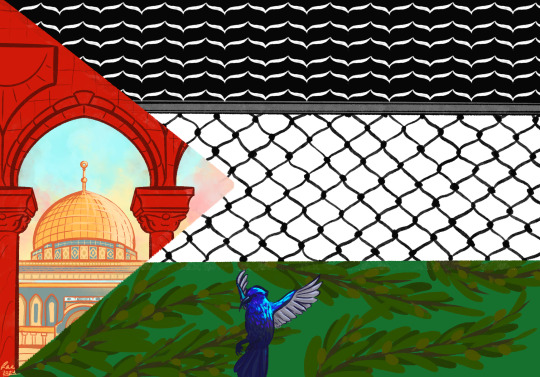
From the river to the sea!!
#palestine#free palestine#CEASFIRE NOW#stand with gaza#Gaza#west bank#i stand with palestine#from the river to the sea palestine will be free#palestinian sunbird#kuffiyeh#al aqsa mosque#olive trees#art for palestine
759 notes
·
View notes
Text

#yemen#jerusalem#tel aviv#current events#palestine#free palestine#gaza#free gaza#news on gaza#palestine news#news update#war news#war on gaza#olive trees#west bank#free west bank#settler colonialism
655 notes
·
View notes
Text
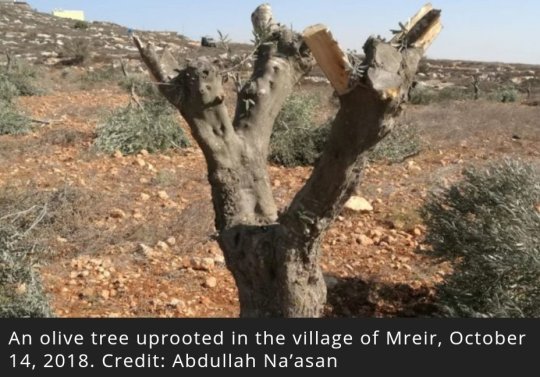

#free palestine#israel#palestine#news#native americans#usa#genocide#trees#olive trees#democrats#republicans#politics
506 notes
·
View notes
Text
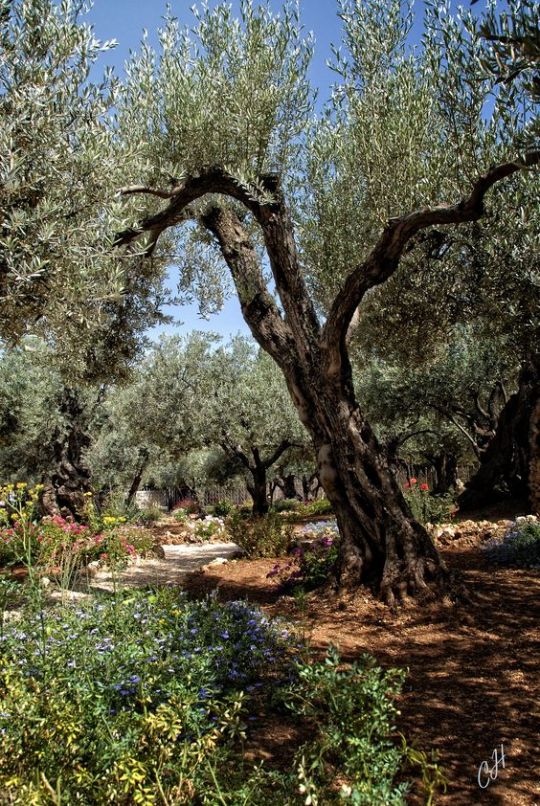
Garden of Gethsemane by Cliff Hope
#ancient trees#olive trees#garden of gethsemane#good friday#ancient garden#my upload#silvaris#olive grove
315 notes
·
View notes
Text
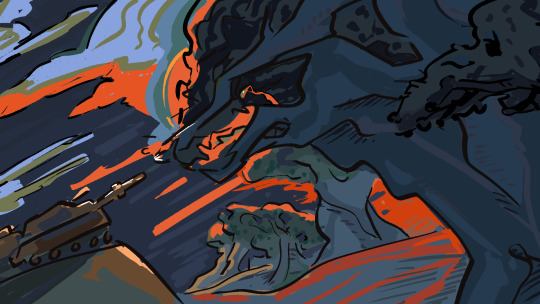
day 24: olive trees
striking 23-28th; i won't be focusing on werewolves, and i'll be drawing attention to palestinian symbols and imagery instead.
links to donate
call your reps
228 notes
·
View notes
Text
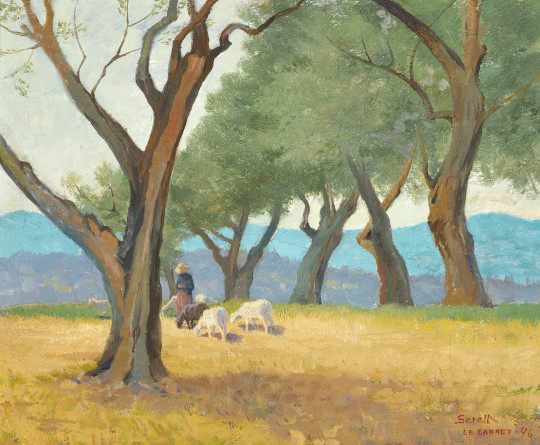
The olive grove on Mount Cannes - Greta Gerell, 1946.
Swedish, 1898 - 1982
Oil on cardboard panel , 60 x 74 cm.
171 notes
·
View notes
Text
Common Palestinian symbols

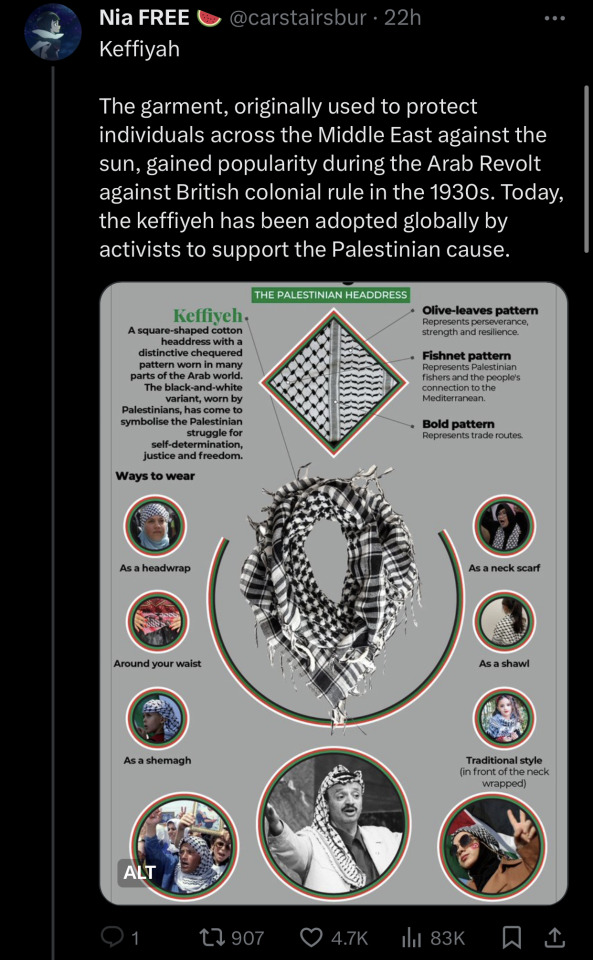




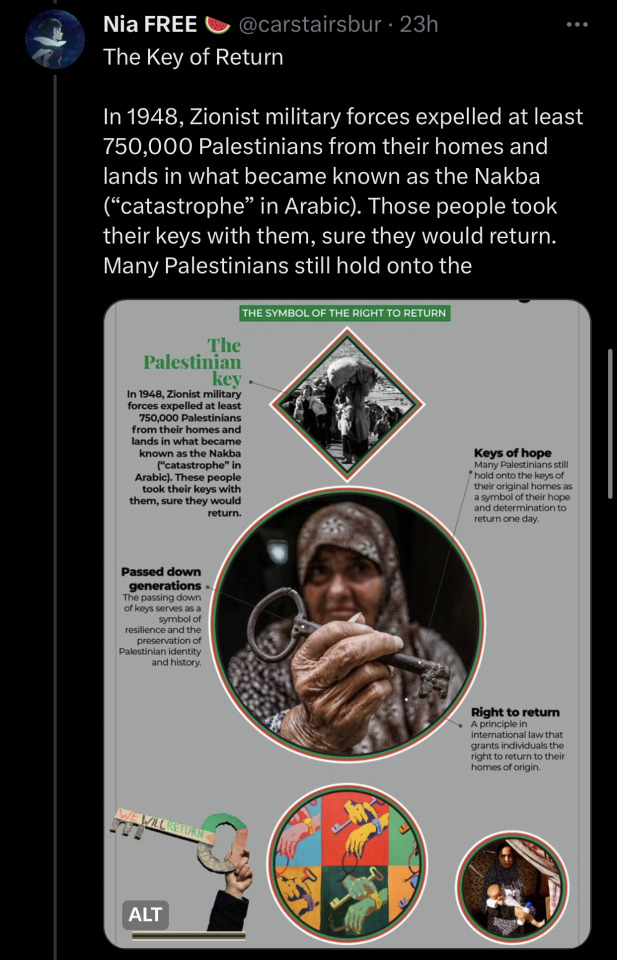
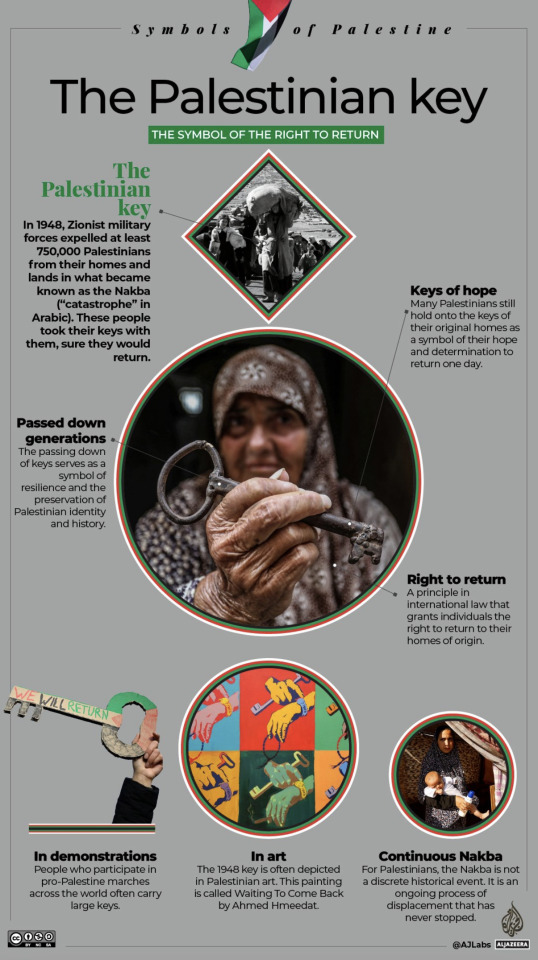

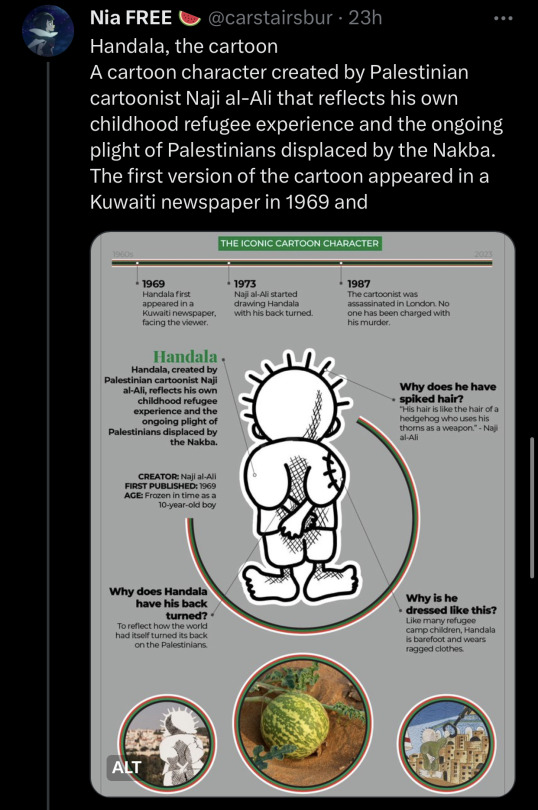

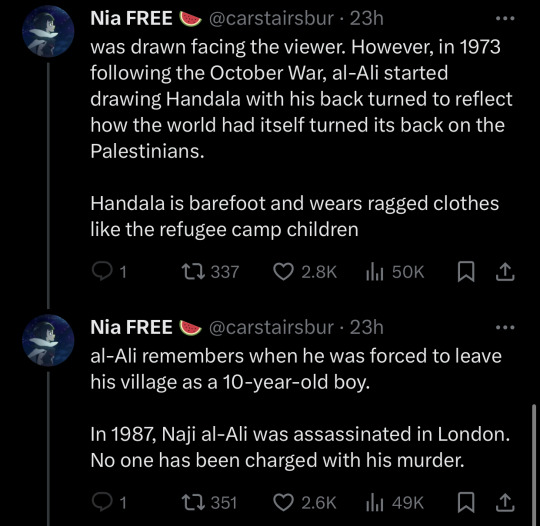

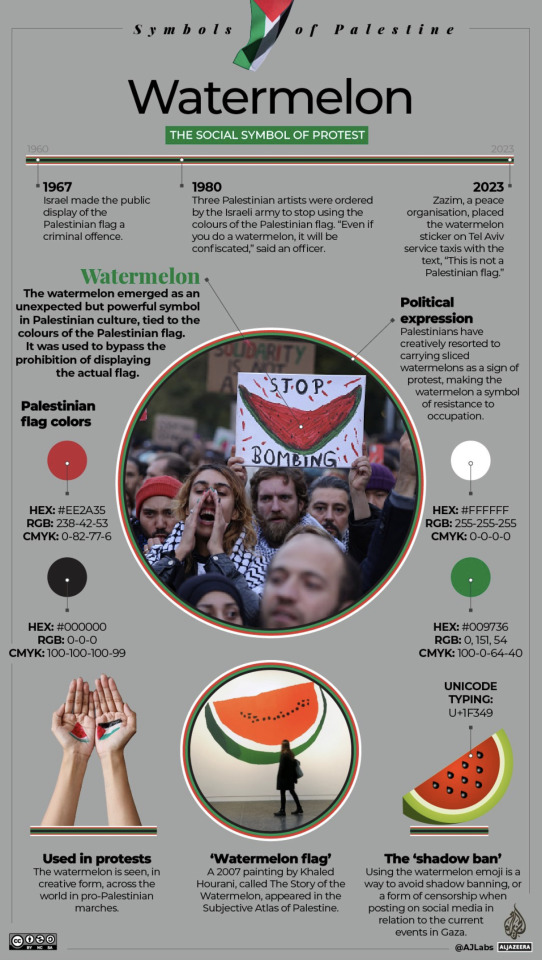

I got permission from @/carstairsbur to repost this thread
The image descriptions for the posters were written by @/carstairsbur and Mohammed Haddad, Konstantinos Antonopoulos and Marium Ali.
Original thread | Images only | Original Article (Source of the posters)
#ChuchaYucca.text#palestine#free palestine#free gaza#strike for palestine#strike for gaza#ceasefire#no business as usual#global strike#stop the genocide#global strike week#ceasefire now#keffiyeh#olive trees#The key of return#handala#watermelon#the olive branch#the Palestinian key
12K notes
·
View notes
Text
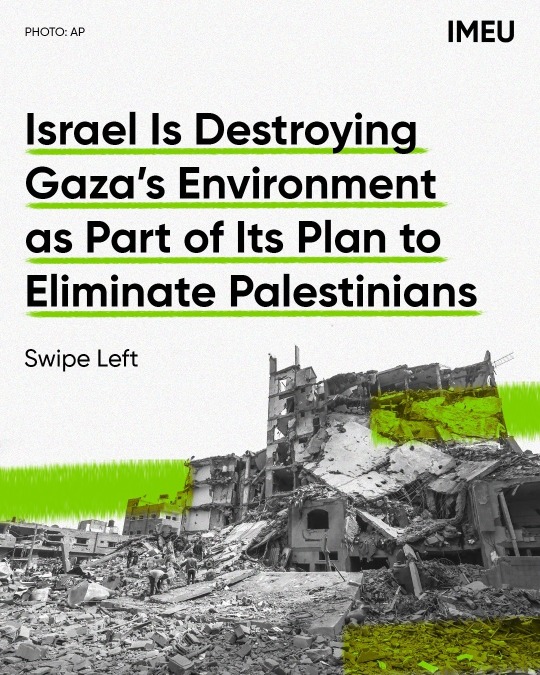
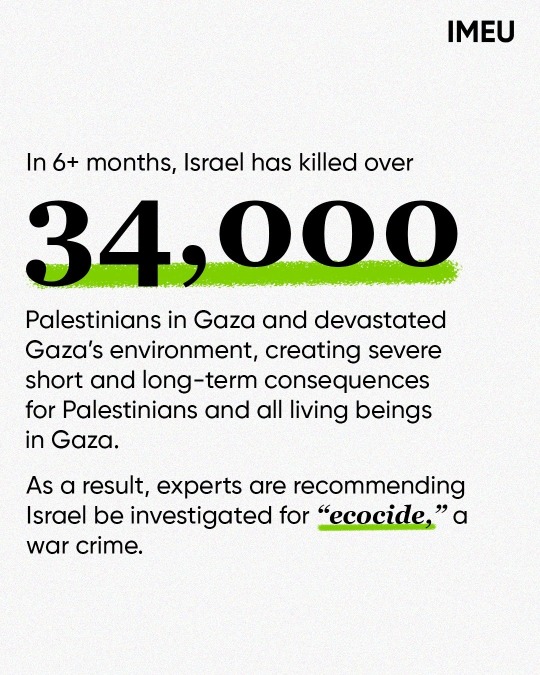
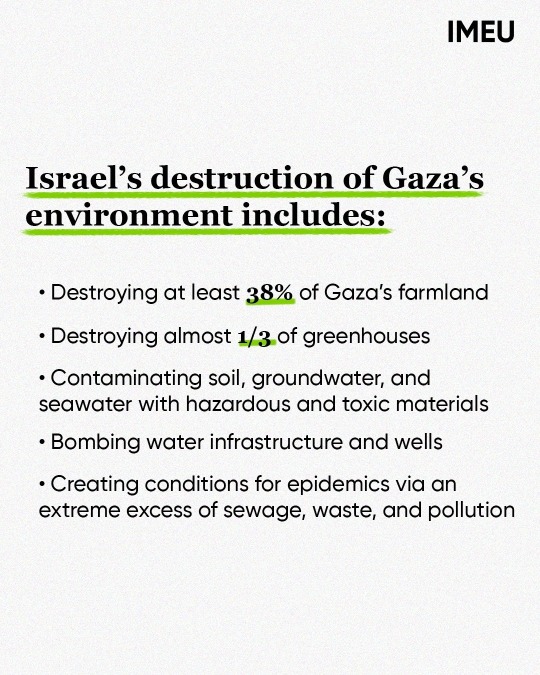



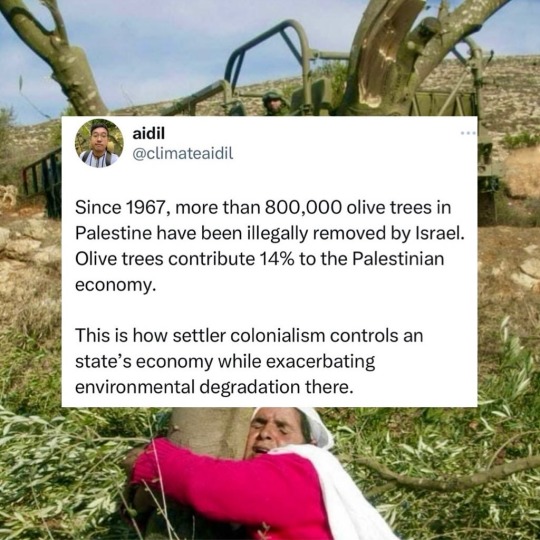

🌿An Earth Day fusion repost from @theimeu and @muchachafanzine.
🌿In honor of Earth Day, please visit @zaytoun_cic, @handmadepalestine, or @plant.eenolijfboom to plant an olive tree in Palestine. 🕊
🌿From @theimeu:
This Earth Day, we mourn the 34,000+ Palestinians killed by Israel in Gaza and Israel’s continued degradation of Gaza’s land, water, and other natural resources that make life possible for Palestinians.
In the past 6 months alone, Israel has destroyed farmland and greenhouses, contaminated natural resources with hazardous materials, bombed key water purifying infrastructure and wells, and created conditions for epidemics caused by an extreme excess of sewage, waste, and pollution.
Israel’s systematic destruction of Gaza’s environment is part of its goal of making life for Palestinians in Gaza unlivable.
Link in bio to contact your reps and urge an immediate, permanent ceasefire and the immediate suspension of all arms and funds to Israel.
Sources: The Guardian, Scientific American
🌿From @muchachafanzine:
Reminder this #EarthDay that from Turtle Island to Pa1estine, your environmentalism doesn’t mean sh!t if you don’t support giving the #LandBack to Indigenous people. 🤷🏽♀️
#land back#indigenous rights#indigenous resistance#indigenous peoples#human rights#palestine#free palestine#gaza#ecocide#ecology#environmental activism#environment#olive trees#free gaza#stop the genocide#earth day#natural resources#farming#land stewardship#israel#israel is committing genocide#israel is a terrorist state#israeli apartheid#israeli occupation#end the occupation#ceasefire now
114 notes
·
View notes
Text
Supporting Palestine for Tu B’Shevat:
Olive Trees, a historic symbol of Palestine.
The Al Mustafa Welfare Trust are a non-government affiliated charity that are hands-on in providing aid to Palestine. Over the last 40 years, the Trust have helped transform the lives of millions of poor and needy people by providing medical care, education, food, emergency relief, orphan care and water wells.
You can donate to their Olive Tree project here:
#palestine#free palestine#tu b’shevat#tu bishvat#palestinian olives#palestinian olive trees#olive trees#where to donate#where to help#jumblr#tikkun olam resources#tikkun olam: tu b’shevat
2K notes
·
View notes
Text
Palestinians have historically cultivated the land, not just with olive trees, but also with figs, apricots, oranges, and dates. Yet, Zionist propaganda, though a concentrated effort to steal Palestinian land, has insisted on “making the desert bloom.”
The desert has already been blooming and supporting its Indigenous population, as it has for thousands of years. Since the early twentieth century, Zionists have nevertheless co-opted the language of environmentalism and sustainability as a means of forcing the native Arab population off of the lands they covet. The Jewish National Fund (JNF), a self-described Zionist organization, has an explicit mission: to acquire land throughout Palestinian territories and plant trees—with “proud Jewish identity.” The JNF claims to have planted 240 million trees over 227,000 acres.
This tree-planting crusade is detrimental to the land. Pine trees that constitute the colonist’s imaginary of a forest in Europe replace the native plant species and change the soil’s chemistry, such that agricultural crops cannot thrive. This further displaces Palestinians, as well as the nomadic Bedouin peoples, who rely on the land for grazing their cattle. Settlers want to extract from the “blooming desert.” In contrast, the Indigenous approach to land is one of mutual respect and nourishment: the land sustains life and culture, a culture that settler-colonialism wants to erase.
To achieve this end, the Zionist occupation has used a variety of tactics to disrupt the Palestinian economy, including controlling water resources so that groves cannot be irrigated as needed, which is especially important now given the effects of the climate crisis. Additionally, the Zionists instituted a permit system that has prevented olive farmers from accessing their trees for all but a handful of days per year. This has made it difficult, if not impossible, to do necessary maintenance like pruning and weeding, greatly impacting the quality of the harvest. Most egregiously, the Zionists erected walls separating farmers from their groves, slicing up plots of land that have been in the same family for generations. Such measures have forced olive farmers to rely on olives of subpar quality. Because of the limited days that farmers are given to access their trees, they might be forced to pick the olives before peak ripeness, affecting the quality of the olive oil produced and therefore the prices that the oil will fetch.
A 1994 New York Times article summarized the struggle succinctly: “The Palestinians planted tiny olive trees; the Israeli soldiers dug them up. The Palestinians lay down in the road to block a bulldozer; the Israelis carted them off to police vans.”
484 notes
·
View notes
Text

Raoul Dufy (French, 1877-1953), Oliviers à Golfe-Juan [Oilive Trees, Golfe-Juan], c.1923. Watercolour on paper, 49 x 63 cm.
338 notes
·
View notes
Text

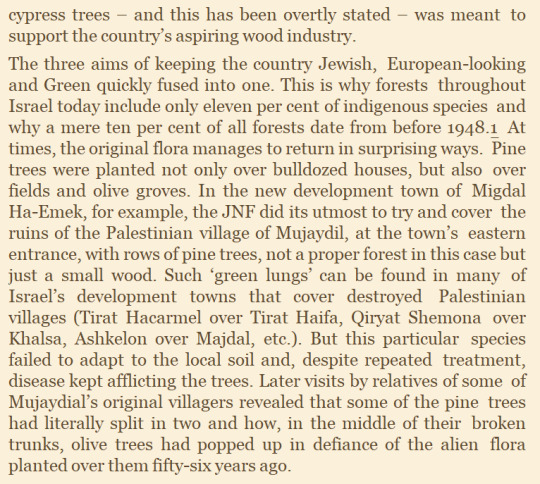
The Ethnic Cleansing of Palestine - Ilan Pappé (2006)
#the rejoicing that must have occurred - i can imagine word spread fast#zionists probably took this as a personal attack by nature. good.#The Ethnic Cleansing of Palestine#Ilan Pappé#Palestine#Israel#Free Palestine#Free Gaza#ethnic cleansing#zionism#nsnv#colonialism#atypicalreads#politics#history#state of israel#nonfiction#olive trees#Ilan Pappe#mujaydil#conifers#natural flora#indigenous#cypress#pine#trees#migdal ha-emek#jnf#jewish national fund#green lungs
161 notes
·
View notes